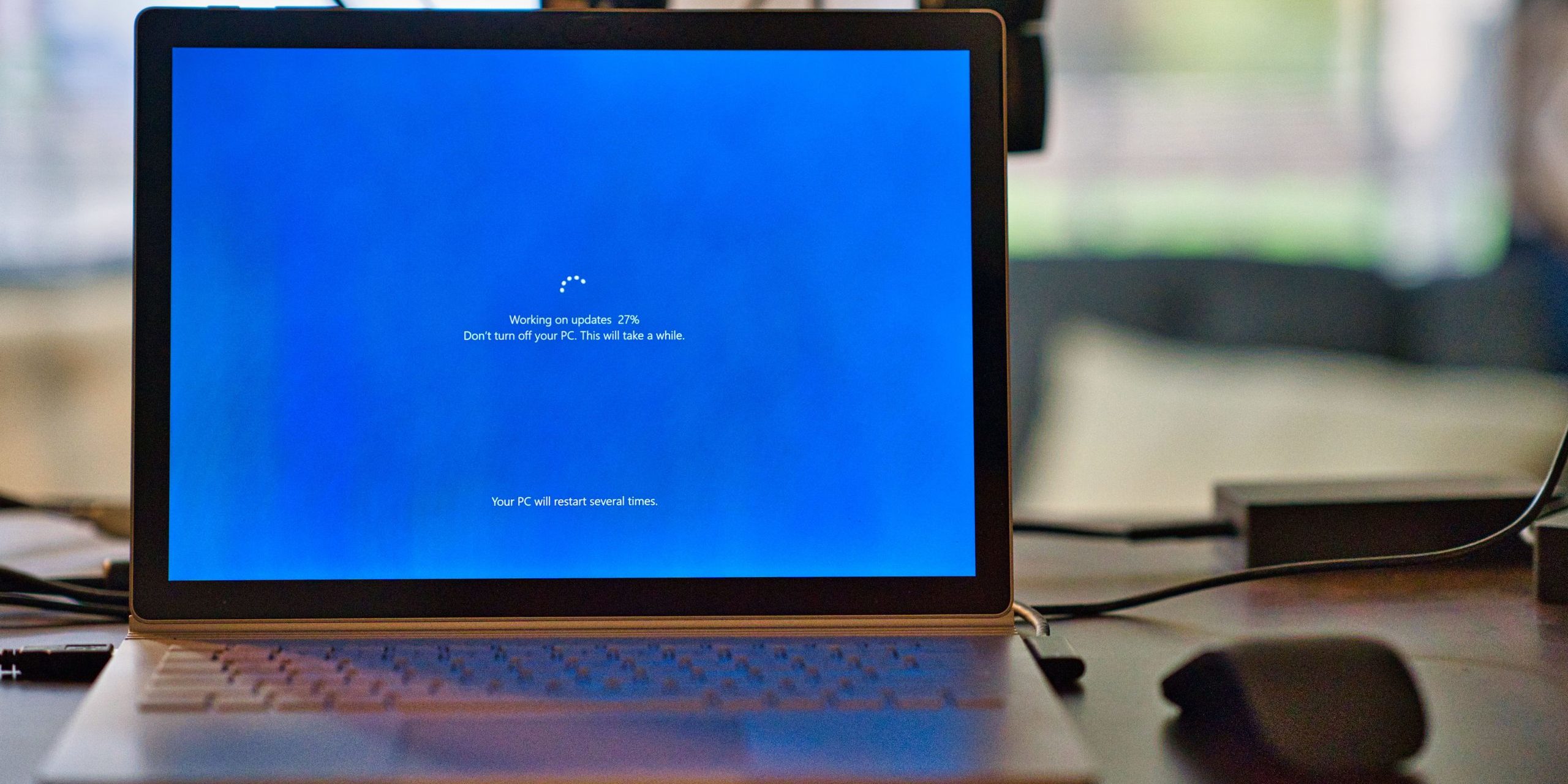As technology continues to advance at a breakneck speed, businesses can often find themselves hampered because they are operating with outdated end-user devices. These limitations can slow up productivity and leads to other administrative and operating inefficiencies that ultimately affect profits and the ability to compete.
More and more work tasks are becoming digitised and using reliable devices with the latest standards is an important part of ensuring effective and uninterrupted workflow. As such it is a good business practice to upgrade devices at regular intervals to ensure they are still able to easily do the tasks we demand from them.
The main reason businesses struggle to keep up to date with technological advances is the ongoing expense of continuously updating all devices every time a new version is released, but buying new devices every time there is change, does not have to be the only option. Most businesses will adopt a strategic approach that ensures upgrades are implemented and budgeted on a regular basis according to user needs and their impact on business performance.
Recognising that all technology has a life span where it may start to become unoptimised, inefficient, and slow, our recommendation is that businesses prepare their IT budget so that devices can be replaced at the following intervals:
- Laptops – 3 Years
- Desktops – 5 Years
- Monitors – 5 Years
- Android/iOS Tablets – 3 Years
- Servers – 5 Years
However, despite these being the recommendations, that does not mean that these devices are then completely without use. Some end users may have less demanding job roles that do not require newer, more powerful devices. In these instances, these devices can simply be upgraded by refurbishing an older computer that may have previously been used for a more demanding task. This enhances their capabilities and keeps the device useful for longer, saving time and money.
Upgrading an older laptop or desktop containing an HDD (Hard Disk Drive) to an SSD (Solid State Drive) will boost loading and save a considerable amount of time. Even some newer devices already containing an SSD may have the necessary compatibility to upgrade to an M.2 SSD (small form factor SSD) boasting even quicker speeds, above and beyond a regular SSD.
Computers do not frequently come supplied with their maximum supported capacity of RAM (Random Access Memory). Upgrading this memory can help an older device keep up with the additional memory requirements of newer operating systems and software or allow for more applications to be open at once.
With budgetary constraints, it can be difficult to replace everything regularly, however, upgrading can provide a more cost-effective approach to boost productivity and keep your technology running for longer.
If you would like to discuss how Link ICT can help you create a plan to upgrade your technology, please get in touch.

